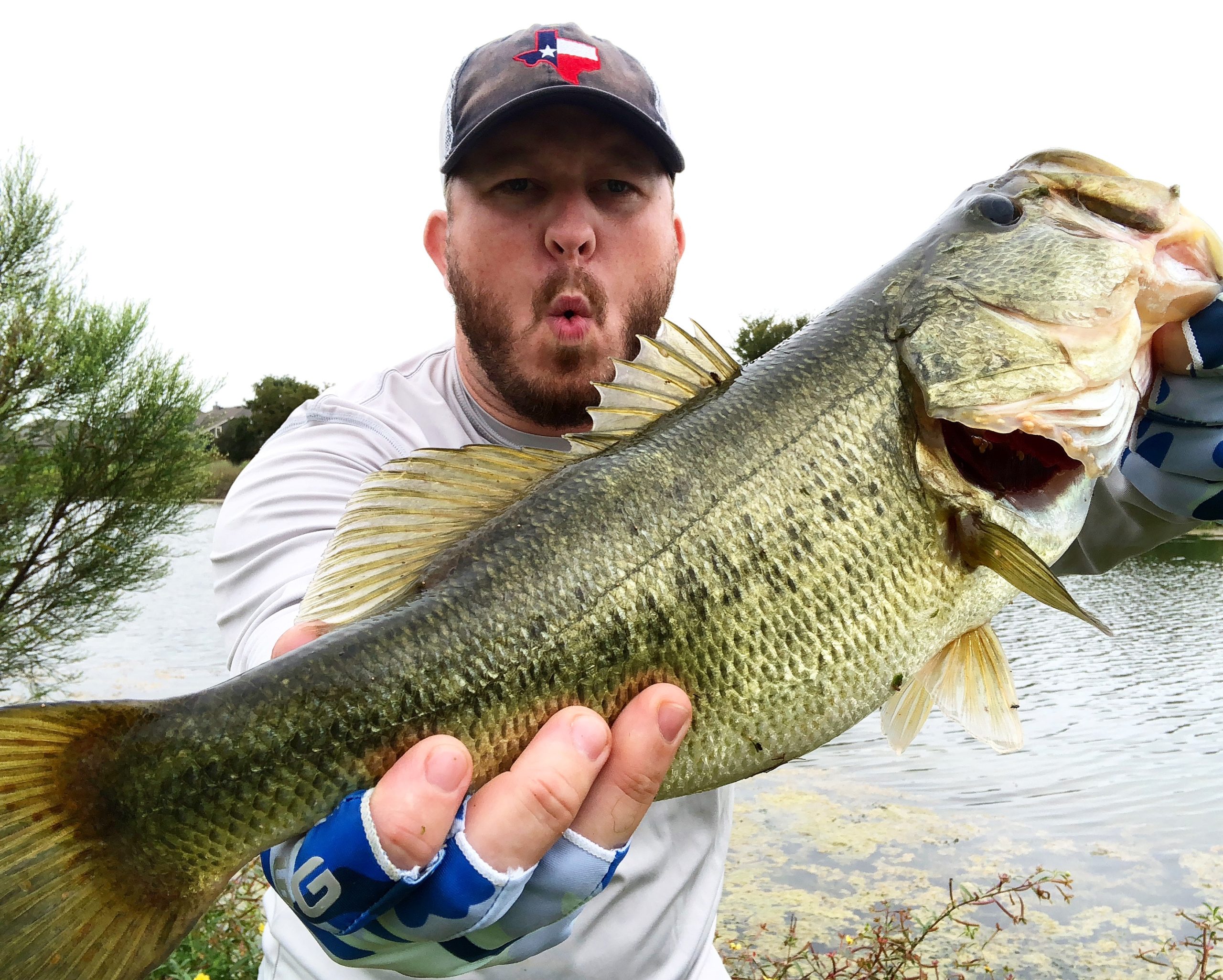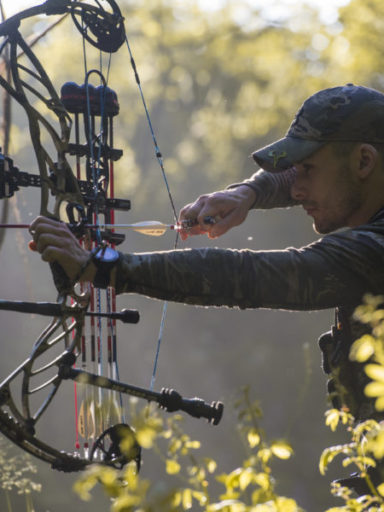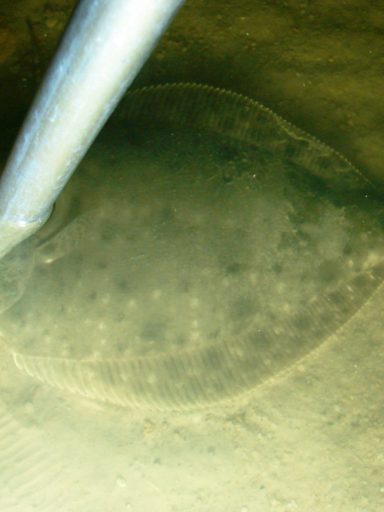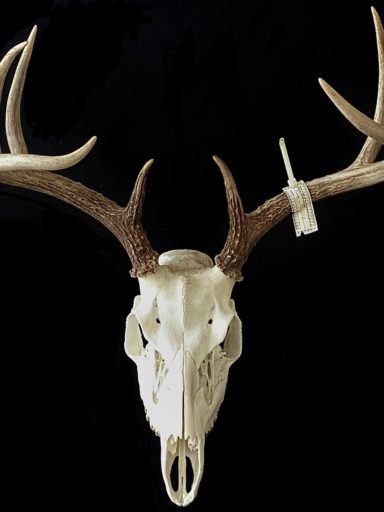I get asked by a lot of friends, “What do I need to get started fishing?” Getting into fishing is just like getting into any other hobby. Sure, you can go down rabbit hole after rabbit hole on the internet with a million different “pros” or “ambassadors” trying to sell you their crap. But really, you only need a few things to get started.
Spinning Rod and Reel Combo
Buying the rod and reel as a combo is a perfect way to get started. It’s the most cost efficient option, and it eliminates a lot of the guess work. Most combos will come pre-lined. If they don’t, pick up a spool of 12lb monofilament – this is a good all around line for bass fishing.
The spinning reel is slightly more complicated than a spincast (think Barbie fishing pole reel), but it still only takes about 2 minutes to figure out. You hold the rod in your dominant hand with the reel down.
With the pointer finger of your dominant hand, hold the line. Flip the bail (the semi-circle wire thing around the reel) – this releases the lock on the spool. Flip the tip of the rod back over your shoulder then forward – as you hit around the 60° mark or 1 o’clock, you release the line from your finger. The weight of the lure will propel the end of the line out and into the water wherever you’re pointing it. Once the lure is in the water, you hold the rod in your dominant hand, and reel with your non-dominant hand.
Terminal Tackle
Hooks – You’ll need these for soft baits or live baits. I like wide gap hooks for Texas-rigging plastic worms/critters/lizards/crawfish. You can also get these pre-weighted. Currently, I’m using these hooks by Owner that are pre-weighted and also have a spring on it that you screw the head of the bait into. The cool thing about these is: that’s all you need. No weights. It also holds the plastic on tight.
If you’re fishing with live bait, straight shank hooks are great for worms.
For minnows, you can get a hook called an “octopus hook” (no idea why it’s called that). I like these by Owner that are the same style, but called “Mosquito” hooks.
Weights – If you’re not fishing a pre-weighted hook, you’ll most likely be fishing a bullet weight for Texas-rigged plastics. 1/8oz will generally do the trick.
If you’re fishing a drop shot, you can get actual “drop shot” weights. We’ll talk about those fishing styles later.
Soft Plastics – Soft plastics are my go-to – especially as a bank angler. They come in about a million sizes, shapes, and colors, but here are my favs:
- Zoom Brush Hog in watermelon red flake color
- Zoom Trick Worm in watermelon red flake color
- Culprit 10″ Original Worm in junebug color
- Havoc Grass Pig in black blue silver color
- Yamamoto Senko in watermelon magic (or one of the other 109 colors)
Again, you could go bonkers going through all the options, but this is a nice starter kit. These can all be Texas-rigged, or put on one of those weighted hooks with the spring. Fish them along the bottom nice and slow. If you can get them up against some reeds, a fallen tree, a dock, or in some grass, even better. I’ve had more success with soft plastics than anything else.
Hard Baits – Hard baits are a little tougher to throw from the bank, but there are some options.
- Strike King Baby Burner spinnerbait in white and chartreuse (with white trailer) – cast this out, and reel it back just fast enough to make the spinners spin.
- Zoom Swimmin Super Fluke Jr in white pearl for a trailer
- Booyah Pad Crasher frog in bullfrog – early in the morning cast this parallel to the shore, over lilly pads, or even over some scum. Reel reel POP. Reel reel POP across the top of the water. If this gets hit, there will be a big splash. Resist the urge to set the hook right away. The fish needs to take this and get it hooked. Just wait one sec, then yank the rod back.
- Z-man Original Chatterbait in black blue (with blue black trailer) – cast this out and reel it back across the top of the water. Same deal as the frog. If the fish takes it under, wait a sec, and then set the hook.
- Zoom Swimmin Super Fluke Jr in blue black silver for a trailer
- Rat-L-Trap in summer sexy shad – cast this out and reel it back at a medium pace. My dad says they used to market these by saying, “If you jump out of a plane without a parachute, you’ll be okay if you have a Rat L Trap, because it’ll catch anything.” I don’t know about that, but I’ve found them to be pretty effective.
There’s definitely other stuff you could get into. Bobbers are useful for live bait fishing. Swivels, leaders, and glass beads for Carolina rigs. And far more, but lets keep it basic for now.
Other Stuff
Tackle Box/Bag – You’ll need somewhere to store all your cool new stuff, and a way to get it to and from the water.
Pliers – Removing the hook from the fish’s mouth is not always easy. Sometimes that sucker is in there and sometimes it’s deeper in the mouth than your fingers can reach.
Clippers – You can straight up use nail clippers OR get a clipper tool that can have other uses like a knot pick. These help for clipping tag ends and clipping line when you want to change bait.
Scale – Nobody believes you when you say you caught a 6 pounder….unless you have a picture of that hog hangin’ from a scale saying so.
Measuring tape – see “Scale”. I actually found these rod tapes that stick to the back of your rod so you don’t have to pull out a tape.
Net – This one is definitely optional, but can be helpful when fishing from the bank – as this is where a lot of my fish get lost. Second BUT it’s another thing to lug around.
Techniques
The Palomar Knot – When I got into fishing five or so years ago, my pal Greg taught me the Palomar knot. It is the only knot I use for tying on hooks and lures. I’ve had lines break, but this knot has never failed. Run the line through the eye of the hook, turn the tag end and run it back through – creating a loop on on side. Take the loop in one hand, and the tag-and-line in the other, make an X, loop the loop around and through the space you created (like you’re tying a square knot), but do not tighten it yet. Take the loop and put the hook or lure through the loop. Now tighten it down – the loop and the tag. Cut the tag end off, and Bob’s your uncle. My favorite knot.

Texas-rig – This is generally the most popular still of rigging soft plastic bait. Don’t get me wrong, I love that my home is it’s namesake, but I have no clue why. The weight – usually a bullet weight – is run on the line, then the hook – wide gap hook – is tied on. You run the hook through the head of the bait, and out the “chin” – let’s call it. Slide the head up to the top of the hook shaft. Now, press the point through the belly of the bait, curving it inside the body so that it barely pokes out the back. Having the point of the hook mostly concealed lowers your chances of getting hung up on whatever is on the bottom. This set up makes the bait look like a live whatever-creature-you’re-replicating in the water because as it moves in the water, it looks like the head is digging for food. Also, the tail wiggles, drawing attention. This is usually fished slow and on the bottom. You’ll feel a THUMP when the fish hits is. Set the hook by yanking your rod back hard.
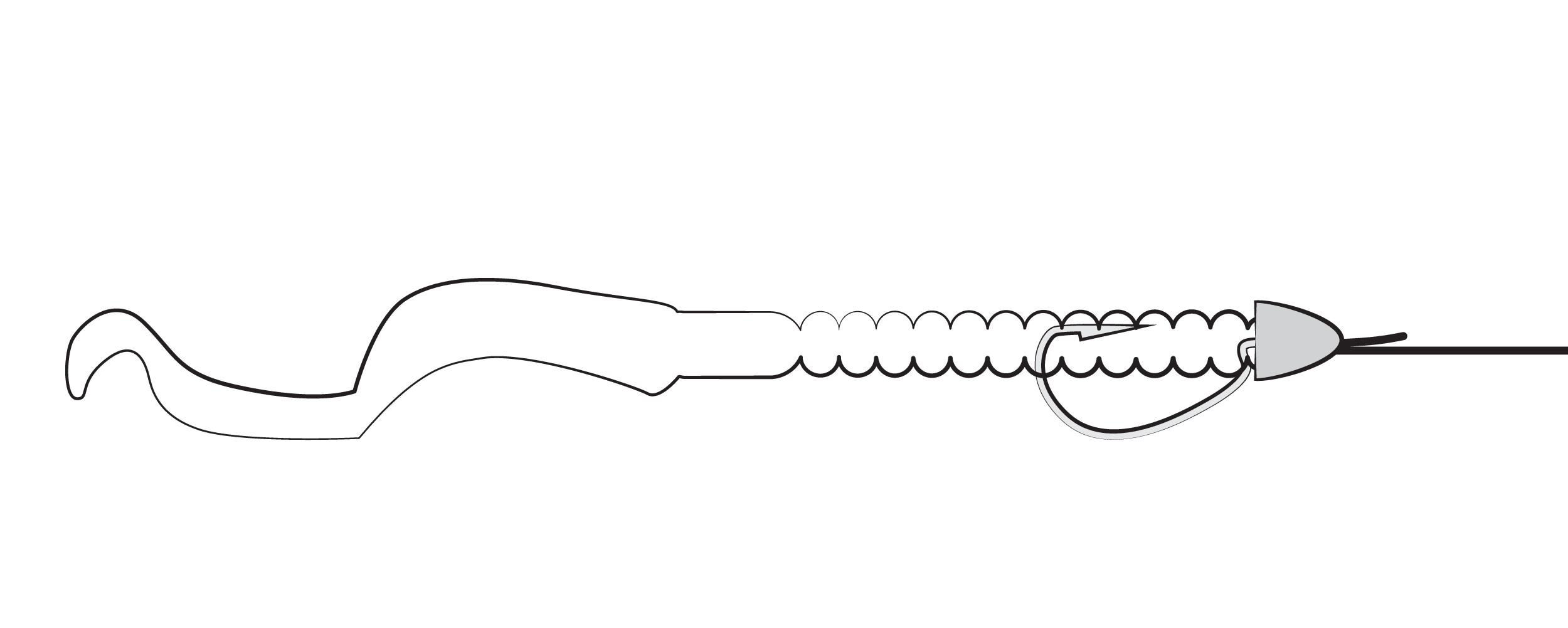
Carolina-rig – Again, no clue where the name comes from. This rig is not my all-time favorite, all though, it has proven effective. I’m also not a fan because it requires more tying and gear. The idea on this rig is that the bait floats just off the bottom, grabbing the attention of swimmers-by. You run a bullet weight on the line, then a glass bead – the bead will CLICK against the weight, drawing attention. Then you tie on a swivel. Then a length of line – 12-24″ – called a “leader”. Then a hook. Then a soft plastic bait. This bait can be hooked on Texas-rig style OR with the hook fully coming out of the back since it’s off the bottom and (mostly) safe from the weeds. Again, a slow retrieval is the idea here.
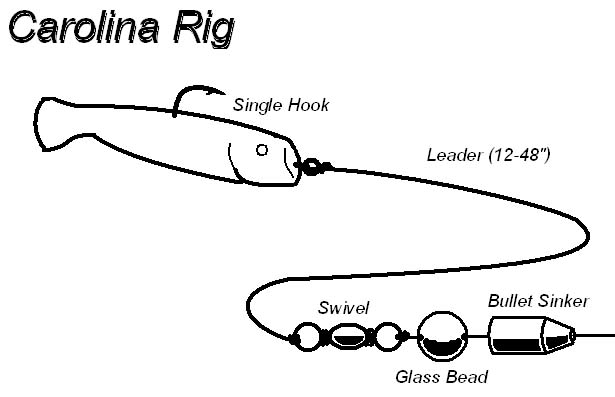
Drop Shot – Another one I’m not a huge fan of, but tons of fish get caught on this set up all the time. The idea is that you Texas-rig or Wacky-rig a soft plastic, but instead of that just being at the end of the line, the hook is tied 12-18″ above a drop shot weight. This get the bait off the bottom of and gives it the appearance of free-floating, which adds to a more natural presentation. My gripe with it is that it’s harder to feel the fish hit this setup. Also, instead of being able to reel down closer to the bait to cast, you’re casting 12-18″ of weight-leader-bait.
Wacky-rig – Again, I’m mostly a Texas-rig guy, but I have buddies that swear by this one. It can be as simple as hooking the soft plastic (usually a worm or Senko) right in the middle. The idea is that as this floats down, it has a “wacky” action – think used car lot inflatable tube guy. Some special gear can come in handy here. A wacky tool allows you to put the soft plastic in a metal tube, then slide a rubber ring down the tube and onto the middle of the soft plastic. The benefit here is that you can hook the ring, instead of the bait. This adds longevity to the bait, and decrease the chances of a fish swimming off with your bait.

Finding fish
Alright. You’re all geared up. None of that gear will do any good if you’re not fishing where the fish are. My ol pal Greg says to start with the rod, the live bait hooks, and some minnows. Fish are gonna hit minnows just about all day every day – we prefer artificials because it adds an element of challenge. However, tossing minnows can help you find the fish.
Go to the pond you think you’re going to do most of your fishing. Throw minnows all over that thing. Keep notes of where the minnows hit. Then you can go back with the artificials and try your hand at different styles, colors, rigs, and presentations.
I know this was a LOT of info, but we haven’t even scratched the surface. Mostly, we haven’t scratched the surface because I’m not really qualified to scratch much past the surface. As I learn more, or get someone in here to write more, I’ll keep ya posted!

